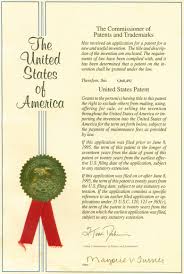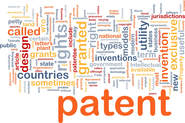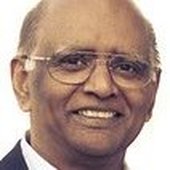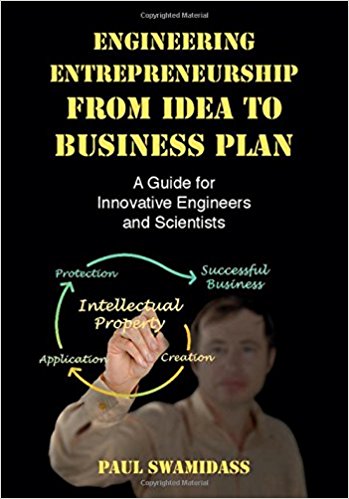 Get affordable patents in the US as an inventor- applicant If you are an inventor, especially, if you are an engineer or engineering student engaged in inventing, you need to know about affordable patenting in the US. I was granted four US patents. You can click here to visit the website for three of my patents. In my working with engineering students and engineers, I find them disinterested in inventing because they ASSUME it is not worth spending effort and time on inventing because they think they cannot afford to patent their invention, anyway. Because the cost of getting patents using the services of patent attorneys is out of reach of a typical college student, I give them the following advice: I tell engineering students, “When you reach a point in your life, when you can afford the cost of a patent attorney’s services, I encourage you to use an attorney’s services. In the meantime, when you cannot afford the services of a patent attorney, I recommend applying for, and securing AFFORDABLE patents from the US Patents and Trademarks Office (USPTO) as a pro se patent-applicant (that is, without the services of a patent attorney).” The very thought of applying for patents is intimidating to engineers and engineering students. However, some students, especially the potential serial inventor in my class, readily accept my suggestion, and are eager to learn the process and apply for patents without delay, sometimes before the end of the semester. USPTO is serious about helping you A little known fact about the USPTO is the requirement that all patent examiners at the USPTO must assist the pro se applicant to obtain a deserving patent, as described in the Manuel of Patent Examining Procedure’s (MPEP) Section 707.07(j). Read Section 707.07(j) of the MPEP Parts of the MPEP section are reproduced below: Qouted from MPEP What can we conclude about pro se patent applications from reading the above Section of MPEP? In unambiguous terms, this section of the MPEP requires the following seven actions from USPTO patent examiners in conducting fair and fast examination of pro se applications for patents:
Therefore, I recommend the covering letter addressed to the Commissioner of Patents accompanying patent applications from pro se applicants to include these sentences: “Please examine this application in the context of MPEP Section 707.07(j). I look forward to working with you in the spirit of this Section of the MPEP. If any of my claims need a revision, I look forward to receiving your version of the allowable revised claim.” Student patent applications may not result in 100% perfect patents sometimes, but it is likely to be better than no patent at all, because even a patent issued to a pro se applicant enables the inventor to license the patent for a royalty, or use it to start a business. With each patent application, and interaction with the patent examiner, the pro se inventor gets better at preparing future patent applications. The author's book has extensive material to familiarize engineering students with the patenting system and the USPTO. My students are encouraged to search the millions of published patents and patent applications on the USPTO website and/or Google Patents, and become educated about similar patents granted by the USPTO, and become savvy before writing their patent application including patent claims.
0 Comments
|



 RSS Feed
RSS Feed
